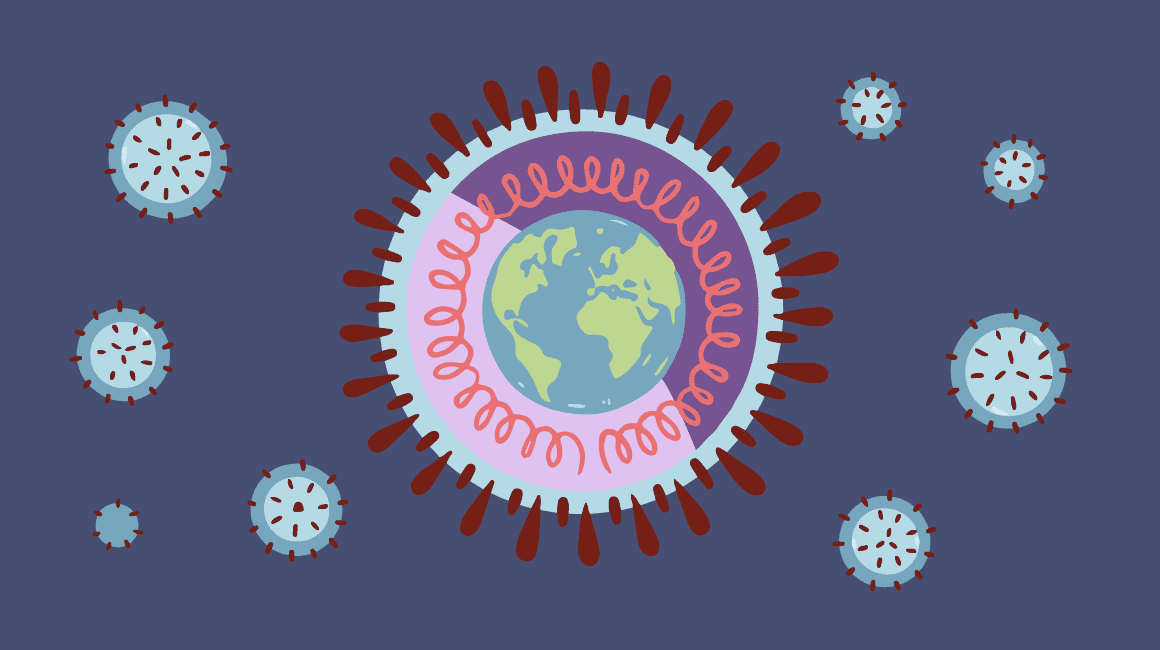This is a guest post by Fiona Lethbridge, Senior Press Manager at the UK SMC.
Since 2002 the UK Science Media Centre has existed to bridge the gap between the scientific community and the national news media – to try to help journalists access top scientific expertise when they need it, and to try to ensure science and evidence has its say in the big stories of the day.
Over the last 20 years we have been doing this on a huge number of different scientific topics and stories – from GM to statins, from antidepressants to climate change, from fracking to e-cigarettes – all with the aim of trying to ensure media coverage of science is as accurate and evidence-based as possible, to make sure what the public are reading in the news is measured and informed by science and scientists.
When the UK SMC turned 10 in 2012 we carried out a strategy review to ask our key stakeholders (scientists, journalists, and press officers) whether what we were doing was still useful and whether they felt we needed to make any major changes. The feedback was clear – we were still needed and what these three groups of people wanted was more of the same: a focus on news, a need for speed, and prioritising the controversial and messy stories.
Having taken on board that feedback and stuck to our original remit, we were lucky to find ourselves able to hit the ground running when COVID-19 arrived in 2020. We had a template ready to go – a rapid reaction service for journalists and a heroic list of top scientists willing to speak to journalists about the emerging science of the virus (on top of, in many cases, carrying out that science in the first place). We are hugely indebted to the many amazing scientists who saw the importance of media and public engagement during the pandemic and who gave up their time to do it. We are incredibly lucky too to have a brilliant crop of quality science and health journalists who rose to the occasion to get to grips with the evidence and follow every twist and turn of the pandemic.
Approaching our 20th birthday in 2022, and with various public inquiries and lessons learned exercises on the horizon, we asked our Board of Advisors and Trustees whether we should carry out a big piece of work to produce our own evidence or carry out our own lessons learned consultation. Our Board wisely suggested that we did have something to say from our own perspective of how science media relations had gone during the pandemic, but that we needn’t embark on a big project. Instead they suggested we write down our recommendations in a quick and dirty fashion, based on what we thought had gone well and what we thought hadn’t. They also rightly pointed out that our thoughts probably weren’t unique to COVID-19 but were things we had felt and said publicly before on other issues.
Here are our recommendations regarding science and the media, based on our experiences during COVID-19. The pandemic has certainly cemented and crystallised many of these points, but they have applied to other science stories in the past and will no doubt apply again in the future. What was different about COVID-19 for us was the sheer size of the story – the appetite from journalists was bigger and more sustained than ever, and the quantity of science emerging was enormous. This scale – and the nature of the emergency – meant we felt these things even more keenly and we felt the responsibility on scientists and journalists was never greater than when the future of the pandemic depended on public understanding and public behaviour. The need, for example, for good scientists with senior expertise who were close to the evidence to share that expertise with the public via the media was never greater. Scientists sticking to the evidence and to their area of expertise was never more important. And the separation of science and evidence from politics was never more crucial.
Broadly, the UK media covered COVID-19 very well – when the next pandemic arrives we will argue for more of the same: top quality scientists engaging with the media and answering journalists’ questions when their expertise hits the headlines. But we felt it was worth us highlighting which aspects we felt were most important and where changes or clarifications might be made ahead of the next emergency.
See the UK SMC’s full recommendations on their website. The headlines include:
- Scientists should be encouraged to engage with the media during a crisis when their area of expertise hits the headlines, no matter how controversial the topic. Universities, research institutes and funders should support their academics to speak to journalists, including offering media training to those who want it.
- The scientific community and universities need to retain some capacity and expertise in their communications teams to be ‘media-first’ and to do research communication.
- Newsrooms should retain and invest in their specialist science and health reporters.
- Scientists should stay in their lane and be ‘sciencey’.
- Multiple voices and open scientific disagreement is part and parcel of good science.
- The communication of new scientific data conducted in universities and research institutes should be separate from government communication, and announcements of new scientific data should not be on the government ‘grid’.
- Independent scientists appointed to government advisory groups should be encouraged to speak to the media in their academic capacity about their science.
- The nature of scientific advice should be better explained and understood before the next emergency.
- Chief Science Advisors and Chief Medical Officers should make themselves available to the media and public as well as advising and briefing ministers.
